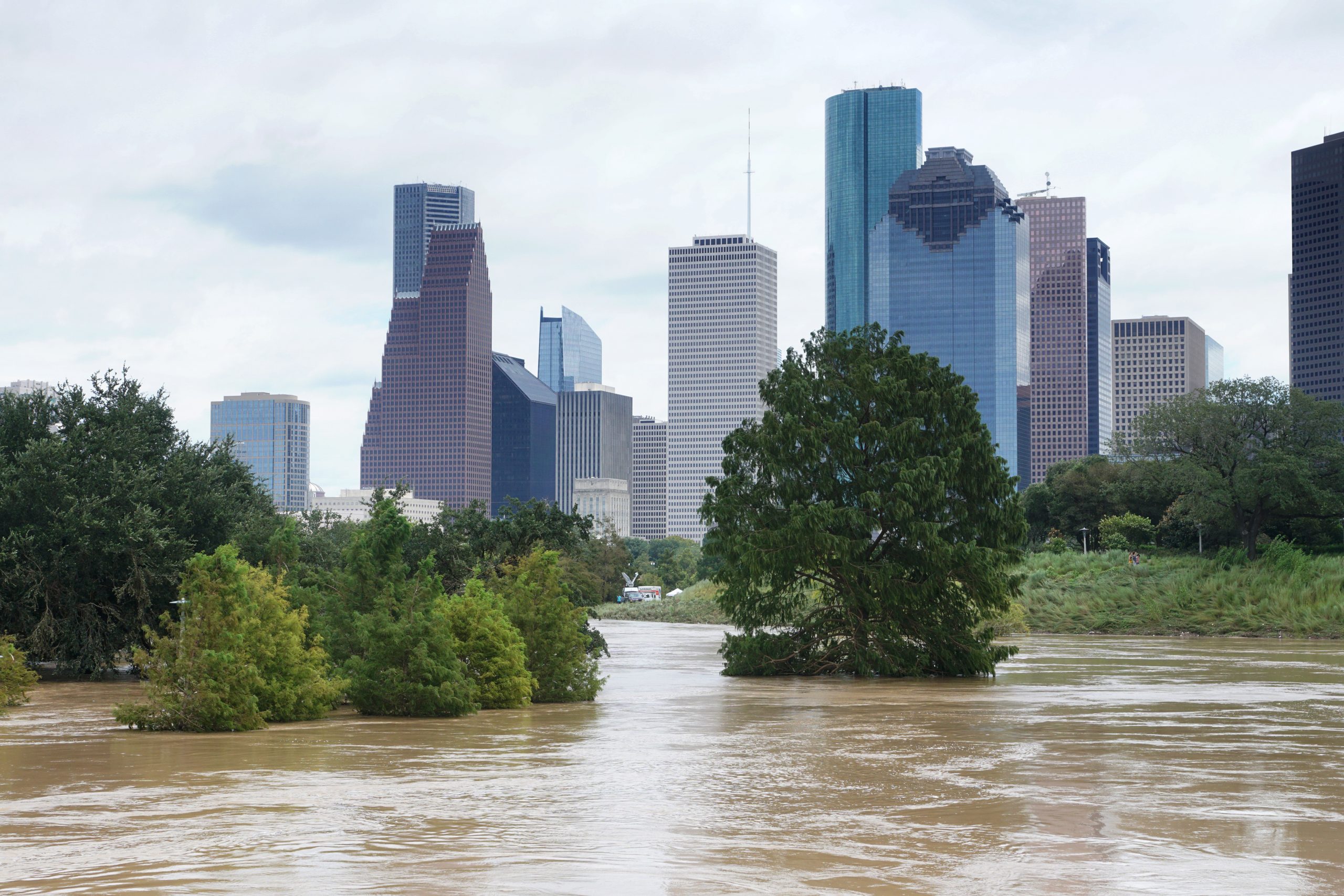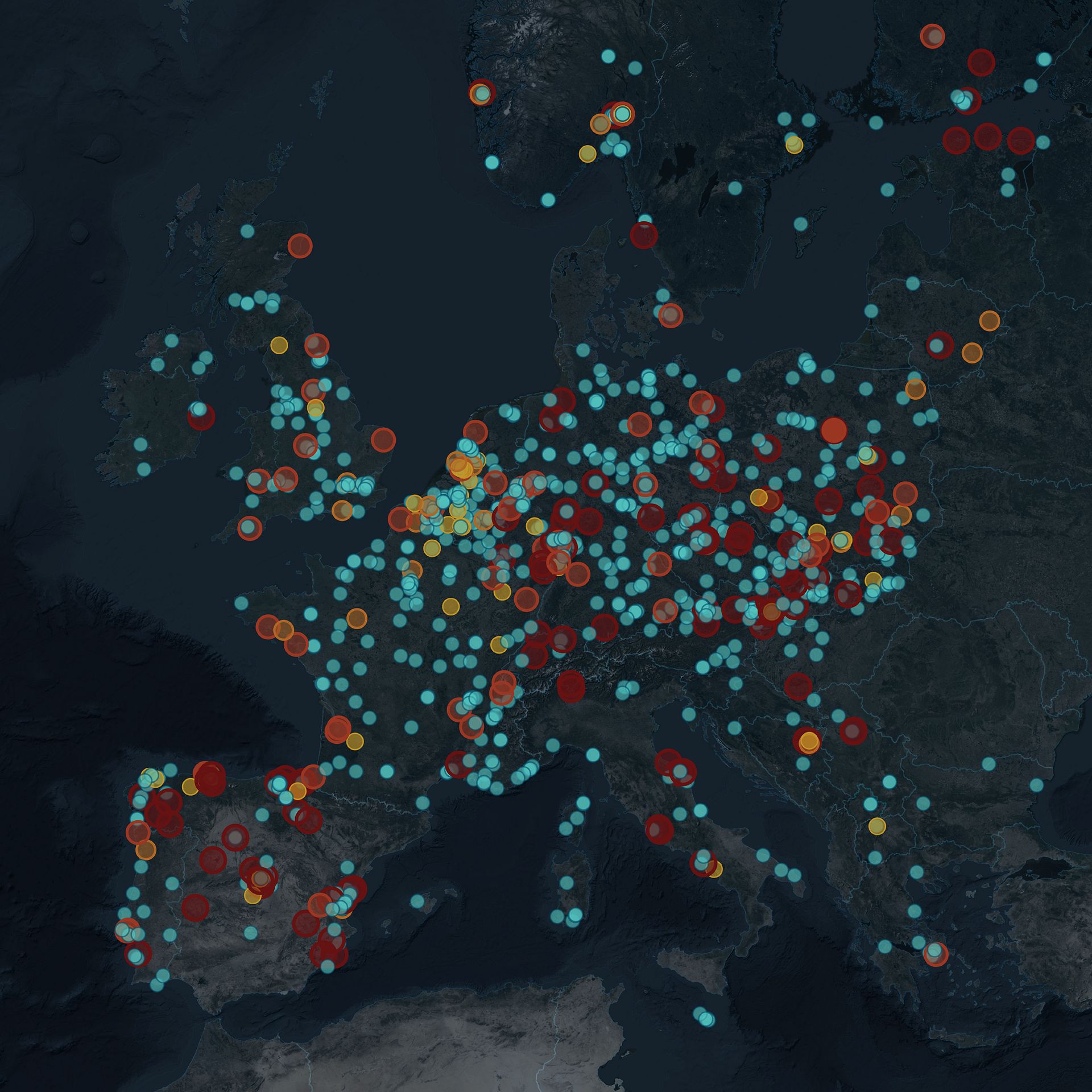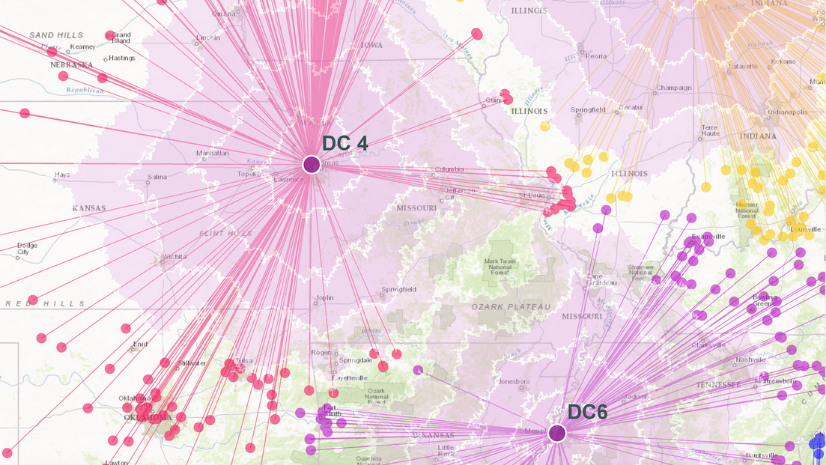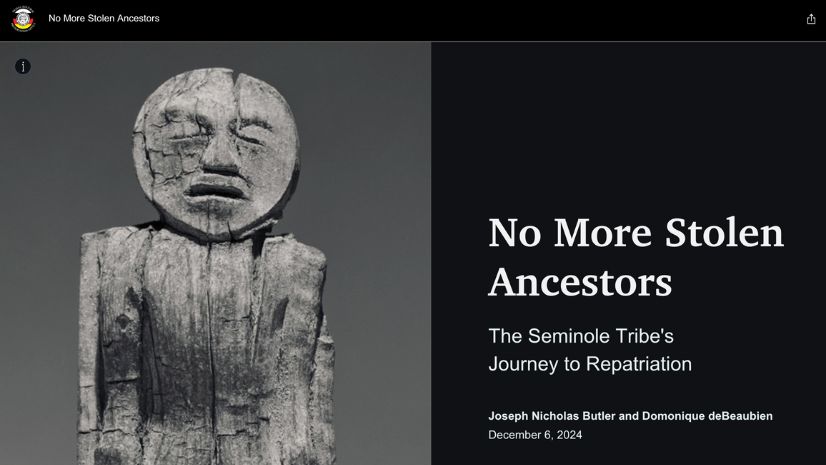Climate change is no longer “just” an existential threat to our planet’s future; companies are facing the challenges associated with increasing environmental hazards today. From the growing frequency and severity of natural disasters to rising resource scarcity and economic insecurity, today’s business climate is marred by an ever-changing threat landscape that disrupts commerce at an unprecedented scale.
Over the past five years, Fortune 500 businesses have increasingly cited the damages from climate-related risks within their annual 10-K filings. To overcome these challenges, forward-thinking companies are looking to enhance their resilience to climate-related disruptions, implementing long-term initiatives focused on delivering reliable economic growth through environmentally sustainable practices. These efforts to promote greater transparency and accountability for business strategies come at a crucial moment for the ongoing stability of global markets and climate alike.

Recently, Swiss Re released a report illustrating the economic impact of climate change—based on its Climate Economics Index of 48 countries that comprise nearly 90 percent of the global market. According to the study, if carbon emissions continue to grow at their current rate without remediation, global GDP will decline nearly 18 percent by 2050, with the US GDP declining by 10 percent. Although some regional markets will be impacted more heavily due to their exposure to climate-related disruptions, the consequences of such a decline could destabilize the entire global marketplace.
Although these figures seem insurmountable, there is hope for continued global prosperity. The study affirms that if the Paris Agreement’s target global temperature rise is maintained at 2 degrees Celsius, then the longer-term economic outlook is significantly better, with climate disruptions only impacting global GDP by 4 percent. This rapid intervention is the best chance for the longevity of our modern way of life, with significant support from both the national government and businesses.
Last month, President Joe Biden organized a global summit on climate change, bringing together over 40 countries and 300 businesses to discuss how to have the most impactful change on the planet. One of the key themes was how the private sector needs to answer the call to reverse decades’ worth of postindustrial emissions. Many of the companies in attendance have led these efforts and are part of the Task Force for Climate-Related Financial Disclosures (TCFD).
Increasing Transparency in Financial Disclosures
Over the years, businesses have increasingly adopted new policies and causes to enhance corporate accountability and social responsibility, promoting greater environmental stewardship by sponsoring reforestation efforts, preserving green space, and changing product offerings to use more renewable packaging. Although these are worthwhile efforts to promote the public good by reducing waste and preserving biodiversity, reversing the troubling trend of climate change, and the subsequent economic disruptions, will require more than these individual investments. Moving forward, businesses need to think about how to drastically restructure their core end-to-end business practices to be more sustainable throughout the life cycle of their products or services.
Faced with the impending destabilizing impact of climate change, a coalition of industry-leading companies and investment firms set out to create a framework for sustainability and resilience that reinforced the longevity of an investment. As such, TCFD represents unprecedented visibility into the inner workings of many of the world’s largest companies, breaking down the impact of core business practices on the planet and potential negative externalities created within communities. From understanding the net carbon impact of business processes to outlining strategies for ensuring sustainable sourcing of natural resources, the main goal behind TCFD is to create monetary incentives for businesses to phase out environmentally negative practices.
Because of the economic impact of climate-driven disruptions, investment banks are becoming more sensitive to the risks involved in investing capital in industries highly impacted by natural disasters. TCFD provides organizations with the ability to outline the financial benefits of their sustainable practices, highlighting the longer-term stability and growth potential of their business models.
Getting Started with Spatial Insights
TCFD has published a robust set of recommendations on how to establish environmentally sustainable policies—governance, strategy, risk management, and metrics and targets. With these guidelines as a basis, spatially enabled organizations are utilizing location intelligence to guide their enterprise approach to sustainability by understanding the impact and exposure of their operations to climate risks, measuring the transitional cost of alternative practices, optimizing strategies for results, and monitoring/sharing progress toward strategic goals. Paramount to the success of these efforts is establishing a spatial framework for business, assessing and contextualizing risks, mitigating exposure, and reporting findings to key stakeholders.

(1) Establish a Spatial Foundation
Every risk and each peril are uniquely tied to location. To fully understand the impact of climate-driven business disruptions, organizations must establish a spatial portfolio to assess the hyperlocal impact of these risks. This location-driven approach identifies key business sites and related infrastructure within a company’s portfolio to determine how disruptions can impact operations and supply networks.
(2) Access and Contextualize Risks
Location intelligence empowers businesses to assess and contextualize the types of risks relevant to their operations, scoring the exposure of their sites and networks at scale. This ability to understand and score the exposure of individual sites to specific risks promotes better-informed business decisions, enabling leaders to proactively mitigate disruptions.
(3) Mitigate Exposure
Once business leaders understand the full scope of their exposure to climate-related disruptions, they can begin running risk scenarios to establish contingency plans and mitigation strategies. This spatial approach to business continuity planning completely augments the decision-making process, empowering leaders to visualize the impact of a scenario on their core business functions and anticipate where alternative processes are needed.
(4) Monitor and Report Findings
The dynamic nature of climate-driven risks necessitates a step away from traditional static risk management practices. By leveraging this spatial framework for adaptive resilience, businesses are empowered with the means to continually monitor, assess, and report on the health of their operations, augmenting alerting and reporting processes with near real-time insights from key data sources in the field. From sensors monitoring the location and condition of shipping containers in transit to weather models forecasting severe weather events that are developing, business leaders no longer rely solely on historic trends. Instead, this framework creates a living risk model that adapts to the conditions of our changing world, providing unprecedented transparency to key stakeholders.
The primary goal of organizations like TCFD or the Paris Agreement is to create a new pathway for collaboration and transparency, facilitating a means to sustainable economic growth and prosperity in the wake of a very real threat to our global economy. As businesses continue to plan for long-term sustainable growth, it’s crucial to continually prioritize the strategies and processes that curb human-driven climate change.

This spatial approach creates an advantage for businesses to understand the impact of their operations today while planning for how to optimize core strategies to promote longer-term environmental stewardship. This growing emphasis on sustainable business practices and corporate transparency will be instrumental to the combined efforts of governments and businesses to battle the greatest threat to our modern civilization. By understanding the impact today’s fast-paced business climate has on the planet, we can provide it with the best possible chance for the future.




